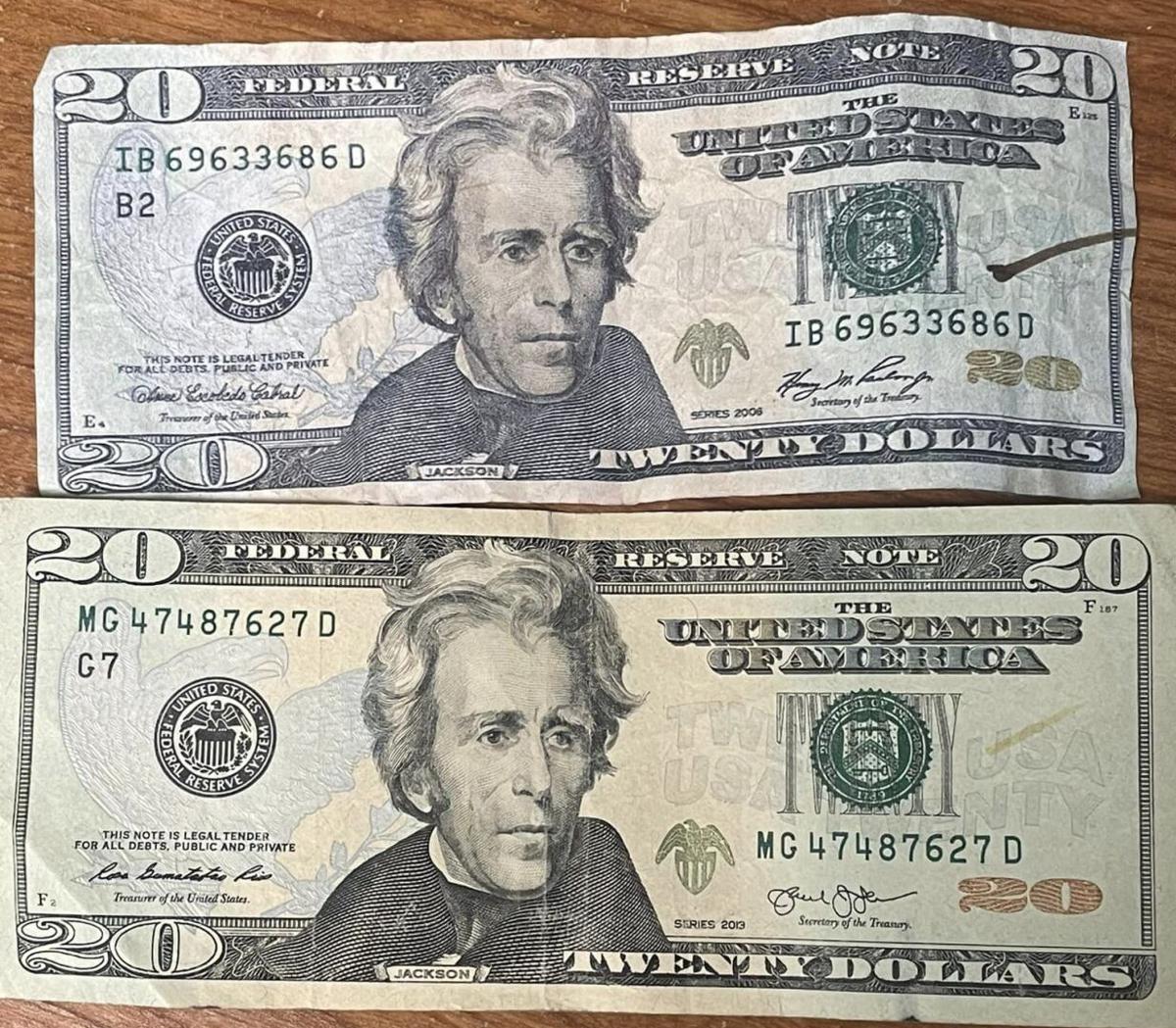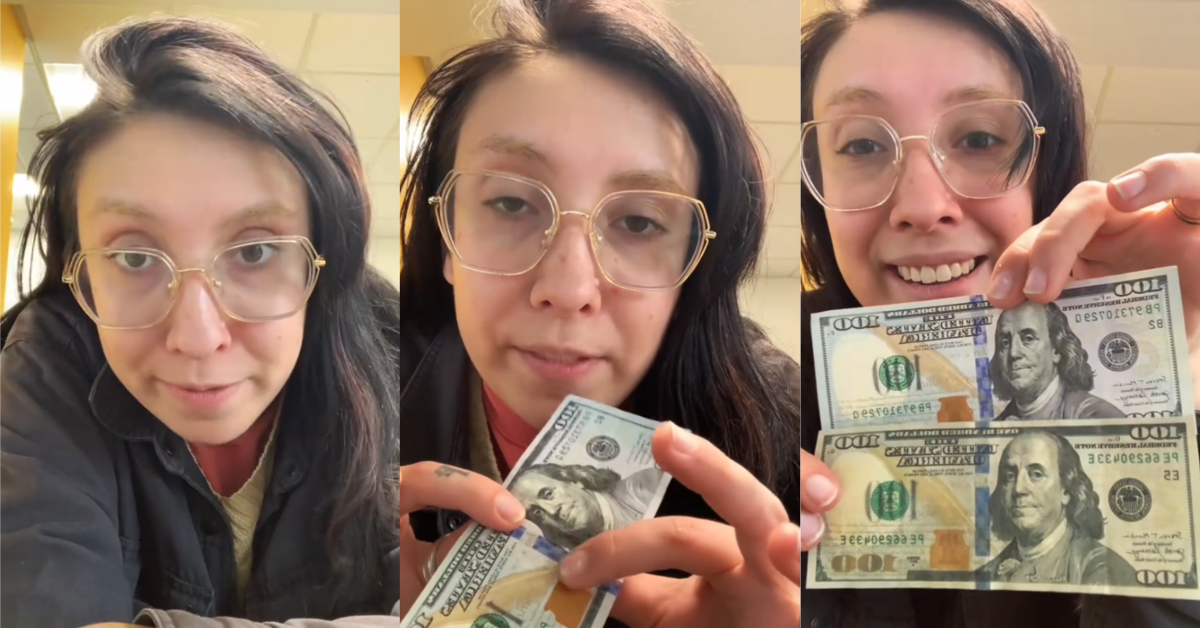Unlock Opportunities: Where to Discover copyright Money to buy
Unlock Opportunities: Where to Discover copyright Money to buy
Blog Article
Explore the Usages of Imitation Cash in Artistic Creations and Theatrical Performances
Phony money, typically identified with deception and outrage, holds a strange attraction when it discovers its method into the realm of staged performances and creative creations. Its history is packed with complex narratives that have motivated artists to integrate these replicas into their works. From the visual arts to the dramatic phase, phony money has actually been utilized in interesting ways that challenge understandings and provoke idea. As we explore the multifaceted uses funny money in these creative domain names, we begin to discover a world where credibility and replica blur, motivating us to examine the actual nature of worth and depiction within art and efficiency.

Historic Importance of Funny Money in Art
The historic value of funny money in art is a complicated and fascinating subject that clarifies the crossway of creativity, subversion, and socio-political discourse. Throughout background, musicians have actually utilized funny money as a device for difficult societal norms, examining the worth of money, and making powerful declarations regarding wide range and power.
Among one of the most notable examples of funny money in art go back to the Dada motion of the very early 20th century - copyright money for sale. Musicians such as Marcel Duchamp and Hannah Höch incorporated phony currency right into their jobs to criticize the capitalist system and discover the idea of value in a quickly altering globe
Additionally, throughout times of financial instability or political upheaval, funny money has actually been made use of by musicians as a form of protest or disobedience. By creating and flowing copyright, musicians have had the ability to disrupt the status, obstacle authority, and prompt important conversations about the role of money in society.
Impact of Imitation Money on Visual Arts
By including phony cash into their jobs, artists prompt conversations on the nature of worth, authenticity, and social assumptions of wide range. The usage of phony money in art additionally increases ethical factors to consider regarding the limits of imaginative expression and the implications of duplicating legal tender. Generally, the influence of copyright money on visual arts is complex, boosting crucial representations on the junction of money, art, and societal worths.
Symbolism and Definition in Theatrical Imitation Displays
Utilizing theatrical copyright displays, musicians employ symbolic depictions to share deeper meanings and evoke provocative interpretations within the realm of efficiency art. Via the incorporation of funny money in theatrical manufacturings, makers can check out styles such as greed, power, corruption, and the impression of riches. Using phony currency on stage can serve as a metaphor for social concerns, financial differences, and the delicacy of economic systems.
In theatrical performances, the symbolic worth of imitation cash extends beyond its financial worth. It can signify the deceitful nature of appearances, the pursuit of materialistic needs, and the consequences of dishonest habits. By utilizing copyright cash as a prop, artists can test target markets to question truth meaning of wide range and the moral boundaries that people might go across in its pursuit.
Moral Considerations in operation Phony Money for Art

One major moral consideration is the prospective legal effects of using copyright in art. Counterfeiting money is illegal in a lot of nations and can bring about serious consequences for musicians who purposefully include fake bills into their job. copyright money for hop over to these guys sale. This not only places the musician at risk yet additionally questions concerning promoting prohibited tasks through art
Additionally, there is an honest issue relating to the authenticity of the artwork itself. Making use of funny money obscures the line between reality and imitation, possibly tricking viewers and endangering the stability of the creative item. Artists should think about whether the usage of funny money lines up with their values and imaginative intentions, evaluating the possible effect on their online reputation and reputation.
Future Trends in copyright Cash Assimilation
Taking into consideration the developing landscape of imaginative expression, the incorporation of funny money in innovative jobs may witness a change in the direction of innovative and provocative avenues. As artists remain to press boundaries and explore new mediums, phony money might increasingly be used to challenge social norms, question the worth of money, or make powerful statements regarding riches and consumerism.
One future pattern in funny money combination could be its utilization in immersive art setups where audiences are motivated to engage with the pieces, blurring the lines between fact and impression. Furthermore, improvements in innovation might cause the creation of hyper-realistic funny money that is practically equivalent from authentic money, opening up opportunities for much more complex and thorough art work.
Moreover, partnerships in between counterfeiters and artists can result in one-of-a-kind items that combine traditional creative strategies with the workmanship of producing fake cash. Honest considerations bordering the legality and morality of look at here using phony cash in art will continue to be a point of opinion as these future trends unravel.
Conclusion
In verdict, the uses of imitation cash in creative productions and theatrical efficiencies have a long history and continue to be a source of motivation for artists. The combination of copyright in art is most likely to proceed evolving in the future.
Generally, the influence of phony money on visual arts is complex, boosting essential representations on the junction of money, art, and societal worths.

In verdict, the usages of fake cash in artistic creations and theatrical performances have a long background and continue to be a source of ideas for artists. Moral factors to consider have to be taken into account when making use of phony cash for imaginative purposes. The combination of copyright money in art is most likely to proceed evolving in the future.
Report this page